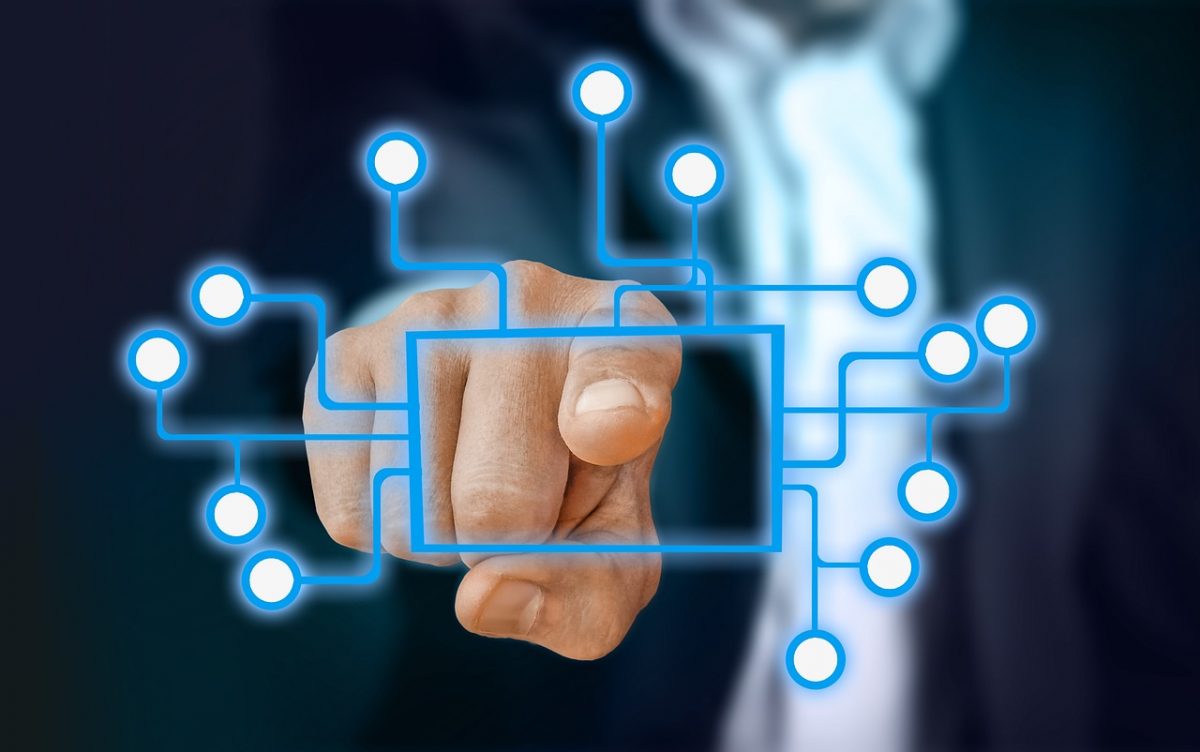E-government services have become a cornerstone of effective governance in today’s digital age. The goal behind e-governance is to use technology to simplify the delivery of government services to citizens and decision-makers while minimising expenses. Technological innovations have revolutionised the way governments work over the years, but they have also presented new obstacles. Governments must adapt and harness the potential of Artificial Intelligence (AI) and the Internet of Things (IoT) to ensure that the advantages of e-government services reach every part of society.
The Internet of Things and Smart Governance
The Internet of Things (IoT) is a paradigm that entails connecting numerous devices and sensors through the internet in order to facilitate data collecting, sharing, and analysis. IoT has applications in a variety of fields, including transportation, healthcare, and public security. It is a critical facilitator of what we call “smart governance.”
Smart governance is an evolution of e-government in which governments attempt to improve citizen engagement, transparency, and connectivity. This transition is primarily reliant on intelligent technology, notably AI, which analyses massive volumes of data, most of which is gathered via IoT devices.
AI and IoT in Action
IoT and AI integration have a lot of potential to advance how governments operate and how their citizens are treated. Real-time data analysis from highway cameras, for instance, enables traffic updates and problem identification, eventually improving traffic management. AI-driven IoT systems in healthcare allow for continuous monitoring of patient data, facilitating remote diagnosis, and anticipating possible health problems. Additionally, by identifying and following possible threats, the network of linked cameras and data sources improves public safety.
Nevertheless, this upbeat environment is not without its difficulties. These include problems with interoperability that result from the various IoT technologies and raise maintenance and sustainability challenges. As IoT applications are vulnerable to cyber attacks and data privacy problems arise when information is acquired without explicit authorization, data security and privacy are of utmost importance. Ecological issues are also raised by the IoT’s environmental sustainability, which is fueled by its energy-intensive data processing. Particularly in situations where AI makes crucial judgements, such in driverless vehicles, ethical quandaries become apparent. Last but not least, when AI is used in crucial applications, like medical robotics, the topic of accountability arises, raising concerns about who is responsible for unfavourable results.
Challenges of IoT and AI for Smart Governance
Several significant obstacles need to be overcome head-on in order to fully realise the potential of IoT and AI in the area of smart governance. Due of the wide range of technologies that make up the Internet of Things, interoperability is a major concern since it can cause issues with sustainability and maintenance. Second, given the vulnerability of IoT applications to cyber attacks and the advent of data privacy concerns when information is acquired without clear authorization, the crucial issues of data security and privacy come to the fore. Additionally, environmental sustainability is a top priority since IoT’s data processing requirements result in higher energy consumption, which needs attention owing to its potential effects on the environment.
Deeply troubling moral quandaries arise from the use of AI in crucial tasks, like autonomous cars, especially when it comes to prioritising decisions in life-or-death circumstances. Last but not least, the incorporation of AI into crucial applications, such as medical robotics, creates difficult issues relating to responsibility, particularly when unfavourable consequences occur. To fully utilise IoT and AI for smart governance, it is essential to address these issues.
A Framework for Smart Government
The creation of a thorough framework is essential to successfully handle these issues and realise the enormous promise of IoT and AI in the area of smart governance. This framework should cover a number of essential components, such as data representation—the act of gathering, structuring, and processing data. To increase citizen involvement and participation, it should also provide seamless connection with social networks. Predictive analysis powered by AI is also included, allowing for more informed and data-driven decision-making processes. The implementation of IoT and AI applications must be governed by precise, strong rules and laws. Finally, it’s crucial to make sure that many stakeholders—including governmental bodies, corporations, academic institutions, and the general public—are actively involved.
Benefits for All
A wide range of stakeholders will profit from the use of AI and IoT in e-government services. Faster access to government services will benefit citizens by streamlining and streamlining their contacts with government institutions. Reduced service delivery costs benefit government organisations directly and can improve resource allocation. Gaining important insights that can spur more developments in the field and support ongoing innovation is vital to researchers. Additionally, educational institutions may use this framework to improve their methods of instruction and provide students the information and skills they need to successfully navigate the rapidly changing world of IoT and AI technologies. In essence, the changes that will be made under this framework would be for the betterment of society.
Conclusion and Future Directions
In summary, the future of e-government services will be greatly influenced by the combination of artificial intelligence and the internet of things. Despite certain difficulties, there are significant advantages for both governments and individuals. Governments must put their efforts into tackling challenges like interoperability, data security, privacy, sustainability, ethics, and accountability if they want to advance.
Future research should focus on implementation methods, domain-specific studies, and solving the practical difficulties associated with implementing IoT and AI in e-government services. By doing this, we can create a model for government in the digital era that is more effective, transparent, and focused on the needs of citizens.
Are you intrigued by the limitless possibilities that modern technologies offer? Do you see the potential to revolutionize your business through innovative solutions? If so, we invite you to join us on a journey of exploration and transformation!
Let’s collaborate on transformation. Reach out to us at open-innovator@quotients.com now!






